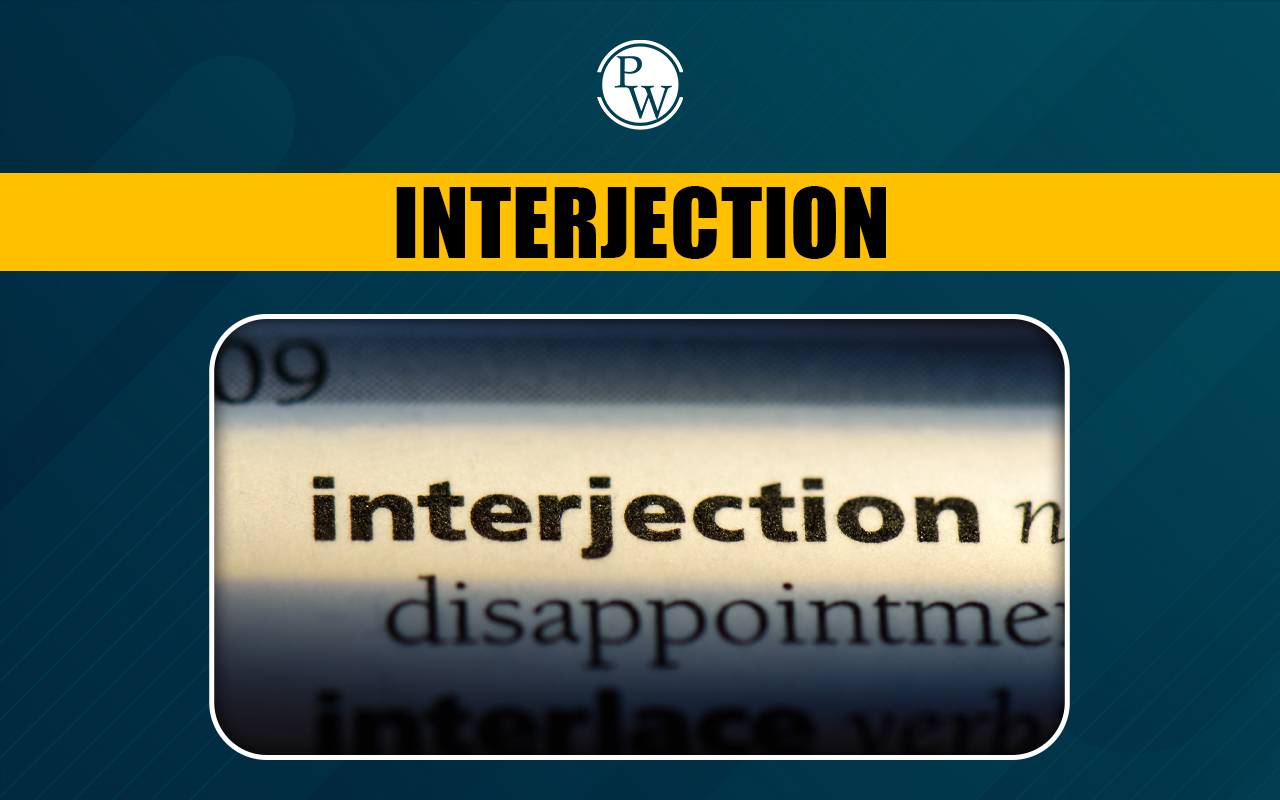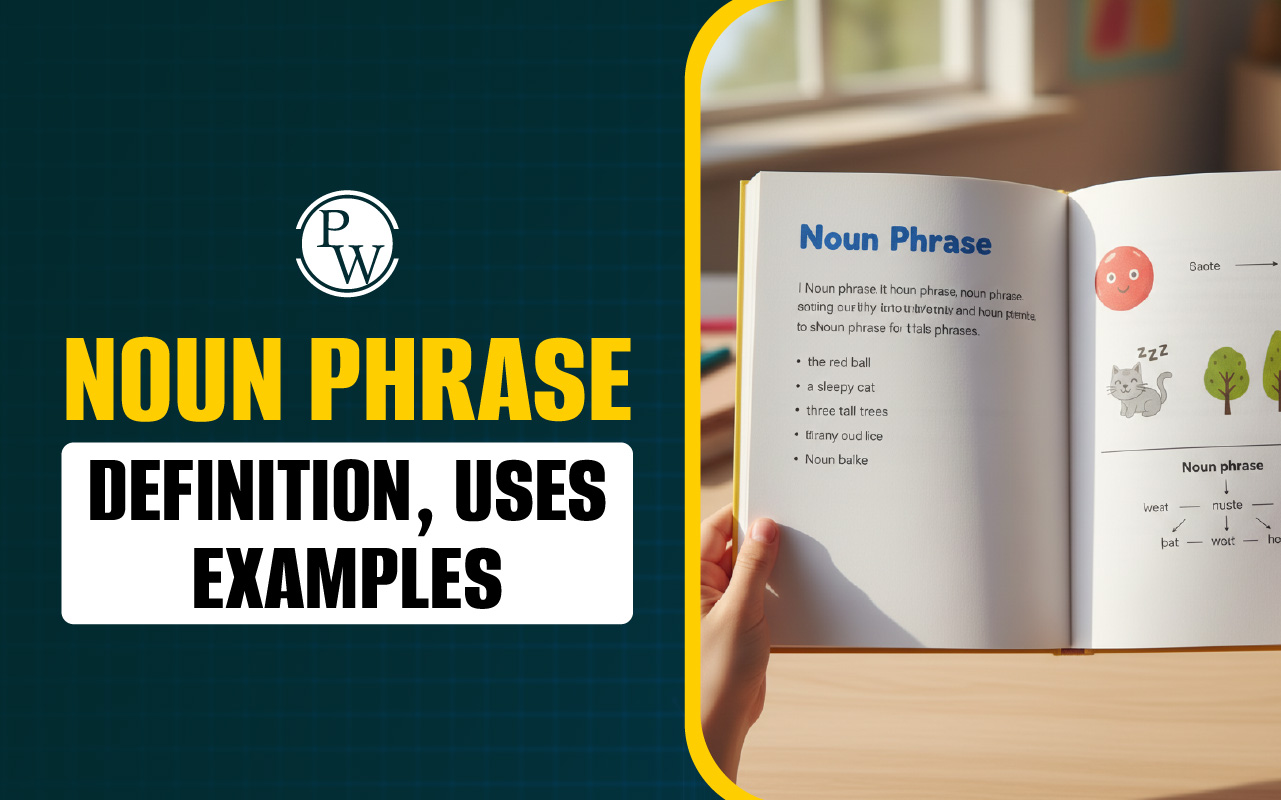
Main Verbs : Have you ever wondered what makes a sentence clear and meaningful? Verbs are the key to understanding what the subject is doing, feeling, or experiencing.
Main verbs are unique because they show the main action or state of the subject, making them the most important part of a sentence. They tell us exactly what is happening and carry the main idea of the sentence.
For example, in “The cat runs across the yard,” the main verb runs shows the action the cat is performing. Main verbs help bring sentences to life and make communication clear. Learning to use main verbs well will make your sentences stronger and easier to understand.
Importance of Maths in Daily Life
What Are the Main Verbs?
Main verbs are the main words in a sentence that show what the subject is doing or esxperiencing. They tell us about actions, thoughts, or states. For example, in the sentence “ The cat jumps,” the main verb is “jumps” because it shows the action.
Main verbs can also show feelings or being, like is or seem, as in “He is happy.” Sometimes, main verbs work with helper (auxiliary) verbs like has, is, or will to form different tenses, such as “ She is running” or “They will go .” Main verbs are important because they help sentence make sense.Examples of Main Verbs
Main verbs can be action verbs or state-of-being verbs. Here are some common examples:
Action Verbs
- Write
- Speak
- Run
- Jump
- Swim
- Eat
- Drink
- Teach
- Read
- Play
State-of-Being Verbs (Linking Verbs)
- Am
- Is
- Are
- Was
- Were
- Be
- Being
- Been
Examples in Sentences
- I run every morning. (Action)
- She is happy today. (State of being)
- They played football yesterday. (Action)
- We are excited about the trip. (State of being)
- The dog barked loudly. (Action)
Types of Main Verbs
The three types of monn verbs are discussed below with examples:Transitive and Intransitive Verbs
Transitive Verbs: These verbs need a direct object to make sense. The action moves from the subject to the object. For example, She kicked the ball. (The verb kicked is transitive, and the ball is the direct object that receives the action.) Intransitive Verbs: These verbs do not need a direct object. The action ends with the verb itself. For example, He slept peacefully. (The verb slept is intransitive and does not have a direct object.)Regular and Irregular Verbs
Regular Verbs : These verbs follow a simple pattern when forming their past tense and past participle by adding -ed .For example , They walk to school every day. Yesterday, they walked . (The verb walk becomes walked in the past tense, following the regular pattern.)
Irregular Verbs : These verbs do not follow the regular -ed pattern when forming their past tense or past participle. They can change completely. For example , He runs fast. Last week, he ran in a race. (The verb run changes to ran in the past tense, which is irregular.)Finite and Infinite Verbs
Finite Verbs : These verbs show tense and are connected to a subject. They act as the main verb in a sentence and can change form based on the subject and tense.For example , The cat chases the mouse. (The verb chases is finite because it shows the present tense and agrees with the subject cat .)
Infinite Verbs : These are the base form of the verb and do not change based on the subject or tense. They are often used with the word “to.” For example, They love to read books. (The verb to read is an infinitive and does not show tense or change with the subject.)How to Identify Main Verbs?
Identifying the main verb in a sentence means finding the word that tells you what the subject is doing or what state it is in. Here’s how to spot the main verb easily and accurately: Step 1: Understand the Sentence : First, read the sentence carefully to grasp its overall meaning. This will help you pinpoint what action or state is being described. Step 2: Locate the Predicate : The main verb is part of the predicate, which includes everything in the sentence except the subject. The predicate shows what the subject does or is. Step 3: Identify the Action or State : Ask yourself, “What is the subject doing?” or “What is the state of the subject?” The answer to this question will help you find the main verb. For example , In the sentence, “The dog barks loudly,” the main verb is barks because it shows what the dog is doing. Step 4: Check for Independence : A main verb can stand alone or be accompanied by helping (auxiliary) verbs, but it always carries the main meaning of the sentence. For example , In “She is running fast,” the main verb is running , while is is an auxiliary verb helping to form the present continuous tense. Step 5: Recognize Different Forms : Main verbs can appear as single words or as part of a phrase that expresses the main action or condition. For example , “He has finished his work.” Here, finished is the main verb, with has as the auxiliary verb that helps create the perfect tense.Quick Tips
- The main verb is always within the predicate and indicates the core action or condition.
- Main verbs can be identified by asking, “What is happening?” or “What is the state of the subject?”
Common Mistakes When Using Main Verbs
Using main verbs correctly is essential for making your writing clear and understandable. Mistakes with main verbs can affect how your message is perceived and can confuse readers. Here are five common mistakes, explanations of why they happen, and examples to help you avoid them:1. Tense Inconsistency
Switching between tenses without a logical reason can create confusion for readers. When writing, it’s important to keep the verb tense consistent unless there is a clear shift in the timeline being described. If a sentence starts in the present tense and suddenly switches to the past tense without justification, it can disrupt the flow of information. Example : Incorrect : She writes a letter and then went to the store. Correct : She writes a letter and then goes to the store.2. Incorrect Verb Form
Using the wrong form of a verb can change the meaning of the sentence or make it grammatically incorrect. This often happens with irregular verbs, which do not follow the standard -ed rule for past tense. Regular verbs use -ed for past tense (e.g., walked ), while irregular verbs have unique past forms (e.g., drink becomes drank ). Example : Incorrect : He drinks coffee every day, but yesterday he drink tea. Correct : He drinks coffee every day, but yesterday he drank tea.3. Misuse of State Verbs
State verbs describe conditions or states of being, such as know , belong , love , and seem . These verbs are typically not used in continuous tenses. State verbs usually don’t take the -ing form because they describe something static rather than an ongoing action. Example : Incorrect : That book is belonging to me. Correct : That book belongs to me.4. Redundant Use of Helping Verbs
Sometimes, writers add auxiliary (helping) verbs unnecessarily, which can make sentences awkward or redundant. Auxiliary verbs like do , is , and has are used to form complex tenses or questions, but they shouldn’t be paired with main verbs in simple past or present forms. Example : Incorrect : She did wrote the report yesterday. Correct : She wrote the report yesterday.5. Subject-Verb Agreement Errors
A main verb must agree in number with the subject of the sentence. A singular subject needs a singular verb, while a plural subject needs a plural verb. This mistake occurs when the form of the verb does not match the subject, causing a grammatical error. Example : Incorrect : The team play well every weekend. Correct : The team plays well every weekend.Difference Between Main Verb and Helping Verb
The main difference between main verbs and helping verbs lies in their function:
|
Main Verb |
Helping Verb |
|
Shows the primary action or state of the subject |
Supports the main verb to form tenses or aspects |
|
Can stand alone in a sentence |
Cannot stand alone, always accompanies a main verb |
|
Example: "She danced gracefully." |
Example: "She is dancing gracefully." |
Main Verbs Practice Questions
I dentify the main verbs in the following sentences:- The chef prepares meals quickly and efficiently.
- The artist painted and displayed her work at the gallery.
- They planned their vacation but postponed it due to unforeseen circumstances.
- The students practiced their lines for the play after school.
- He wants to learn how to play the guitar.
- She always remembers to call her parents on the weekend.
- The cat chased the mouse but eventually lost interest.
- We decided to watch the sunrise from the hilltop.
- The athlete trained hard and won the championship.
- I read the book and wrote a summary for my class.
- prepares
- painted , displayed
- planned , postponed
- practiced
- wants , play
- remembers , call
- chased , lost
- decided , watch
- trained , won
- read , wrote
| Related Articles | |
| Reflexive Pronouns | Possessive Pronouns |
| Interrogative Pronouns | Relative Pronouns |
| Object Pronouns | Demonstrative Pronouns |










